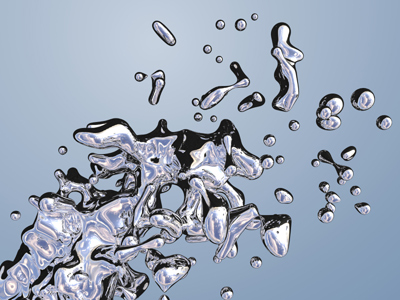
Physics - The Kinetic Theory of Matter (AQA)
In GCSE Science students will look at the transfer of heat energy. This is the first of eight quizzes on that topic and it looks at the kinetic theory of matter and how the particles in solids, liquids and gases are affected by heat energy.
The kinetic theory of matter is one of the models that scientists use to help them to make sense of the world around them. The word kinetic always suggests something is moving and this theory is about the movement of particles in solids, liquids and gases. Particles transfer heat energy into kinetic energy. The kinetic theory can explain many properties of the three states of matter and is related to the amount of thermal energy distributed through the particles of an object. The particles in solids, liquids and gases have different amounts of energy, are arranged differently and move differently too.
The kinetic theory explains why substances freeze and melt, why they boil and condense, and why evaporation causes cooling. It helps to explain why heat can be conducted by solids, how convection occurs in fluids and much more... including why solids cannot be compressed but gases can. In solids the particles are close together and fixed in place. Their only movement is to vibrate. Because of this, solids have definite shapes which they will keep - unless they are broken or cut. It is very difficult to push the particles in solids any closer together and so they can't be compressed.
In liquids the particles are only a little further apart than in solids, so liquids can't be compressed either. The main difference is that the particles in a liquid are free to move past each other, which is why liquids flow and take up the shape of the container in which they are placed. This movement was something that was first noted in 1827 by botanist Robert Brown. Brown observed that pollen grains floating on water moved around in random directions. It then took about 75 years until Albert Einstein came up with an explanation - water molecules were colliding with and pushing the pollen grains around.
Finally, in gases the particles are far apart and moving extremely rapidly in random directions. Because the particles are so widely spaced, gases are easily compressed.
Ready for more?
not all...
quizzers. Try to win a coveted spot on our Hall of Fame Page.







